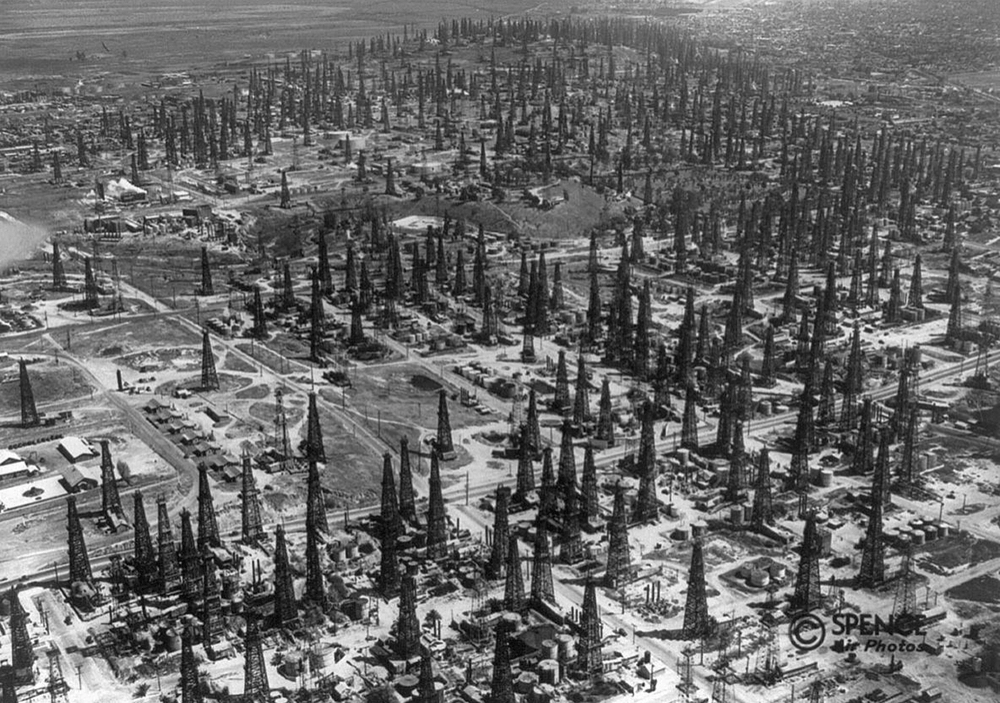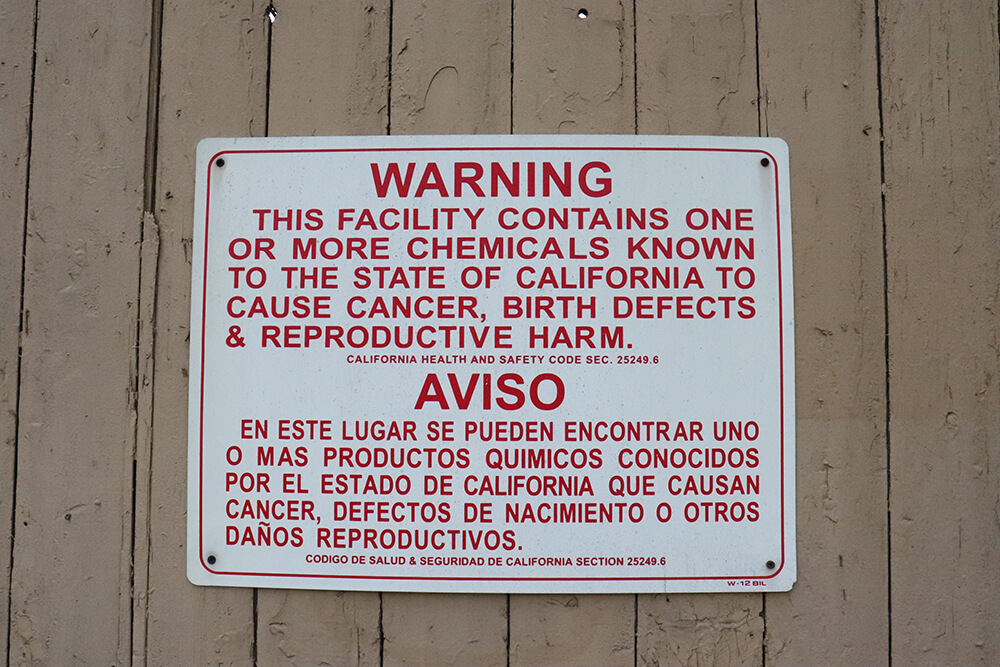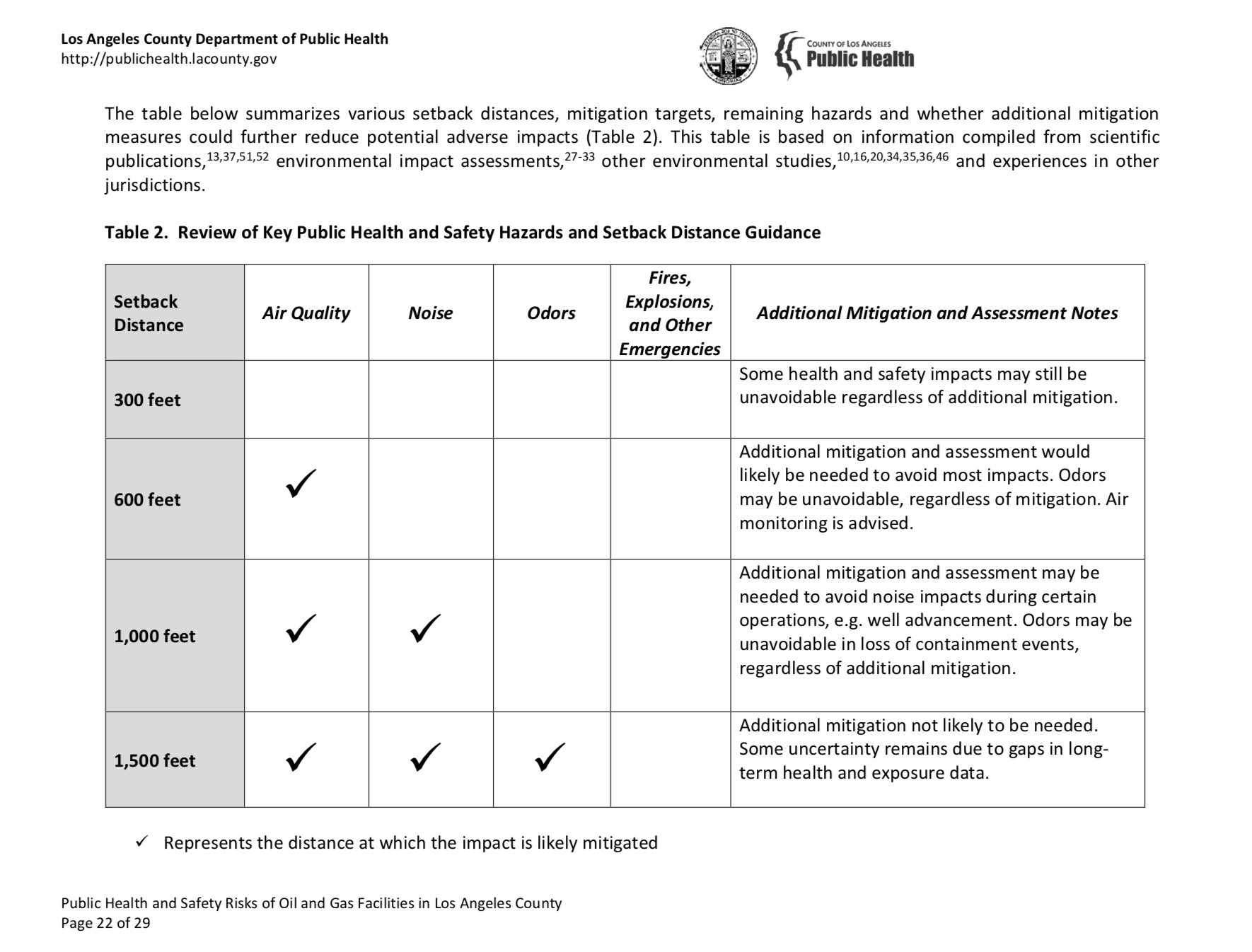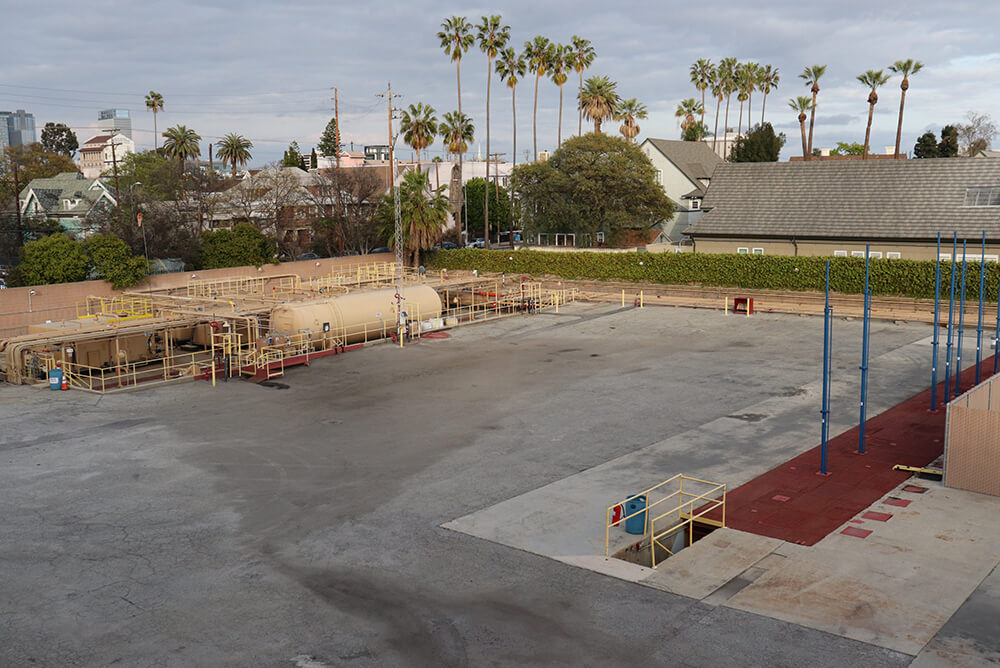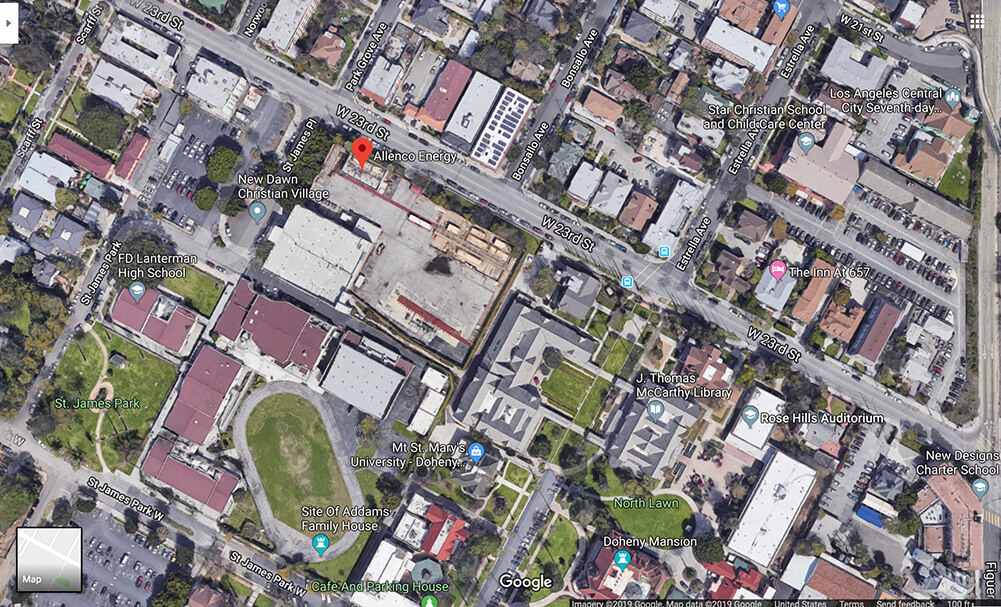The Ills of Urban Oil Drilling
People often think of oil wells in Los Angeles as a thing of the past, but there is active oil drilling in the city. Residents of the low-income communities where most of these wells can be found report that the drilling is having negative impacts on the health of their communities, particularly the working-class, immigrant and people of color populations that live near these neighborhood oil wells.
The relationship between burning fossil fuels, which end up as greenhouse gases in the atmosphere, and global warming is well known. Yet, until the Covid-19 pandemic put the brakes on, oil production in the U.S. remained at an all-time high. The oil industry is a powerful special interest and its tentacles run deep in American politics, making reform difficult.
In Los Angeles, though, a movement has emerged where people are demanding a change through the “No Drilling Where We Are Living!” campaign, calling for a 2,500-ft buffer-zone ordinance. The proposed ordinance protects the health and safety of people by establishing a safer distance between a drilling site and sensitive land zoned for housing, schools, clinics/hospitals, parks and places of worship. The closure of these sites can present positive outcomes for the community after these sites have caused a great deal of harm to the community.
Oil derricks in Signal Hill, 1937. Photo from the Library of Congress
***
Much of Los Angeles’ rapid growth as a city is tied to an oil boom in the 1890s, during which entrepreneurs such as Edward L. Doheny and Charles A. Canfield discovered crude oil and became wealthy men. By 1930, California was producing nearly one-quarter of the world’s oil output. The oil industry was the new gold rush.
The oil derricks that once pocked the landscapes here are no longer visible throughout much of greater Los Angeles, but the oil industry is still active. There are about 20,000 wells spread across 70 working oil fields in the L.A. basin and a disproportionate number are in low-income communities of color such as South Central and Wilmington, where people don’t have the political power that goes with affluence.
A 2018 report released by the Los Angeles County Department of Public Health, “Public Health and Safety Risks of Oil and Gas Facilities in Los Angeles County,” details the health and safety concerns stemming from oil and gas wells located in densely populated areas. The report describes how “particulate matter and other toxic air pollutants such as volatile organic compounds (VOCs) that are often associated with oil and gas extraction activities can lead to harmful human health effects including eye, nose and throat irritation; exacerbations of asthma; and other respiratory conditions. These emissions are known to present a more significant health threat to infants and children.” The report adds that “particulate matter and (VOCs) have been associated with adverse reproductive and developmental effects.”
Allenco Energy. Photo by Ivan Serna
***
“No Drilling Where We Are Living!” and “Keep It In the Ground” are chants heard from grassroots environmental groups including STAND LA (Stand Together Against Neighborhood Drilling LA), Sunrise and the Youth Climate Strike LA, who are demanding the City of Los Angeles and the governor of California pass a 2,500-ft setback ordinance. (Full disclosure: I volunteered with STAND LA, an environmental justice coalition seeking to protect the health and safety of Angelenos on the front lines of urban oil extraction. The coalition is driven by community organizations with deep roots in these communities.)
Bhavna Shamasunder, assistant professor of urban and environmental policy at Occidental College, co-authored the 2018 study “Community-Based Health and Exposure Study Around Urban Oil Development in South Los Angeles,” which examines oil development in South Los Angeles through self-reported community health surveys. The study found that “many residents are unaware that Los Angeles contains 70 active oil fields. In Los Angeles County, 10 million people reside amid more than 5,000 active oil and gas wells, with approximately 850 active wells in the city of Los Angeles.”
The Well Finder tool, which shows the location of oil and gas wells in Los Angeles. Courtesy of CalGEM GIS
The City of Los Angeles released an “Oil and Gas Health Report” in 2019 that recommended a 600-ft buffer for drilling operations near sensitive sites. This isn’t enough for most of the neighborhood activists who want greater distance and who cite numerous studies that “indicate that public health risks of exposure to toxic air contaminants (such as benzene and aliphatic hydrocarbons) are most significant within a half-mile (800 m or 2,625 ft) from active oil and gas development.”
***
Public Health and Safety Risks of Oil and Gas Facilities in Los Angeles County. Courtesy of County of Los Angeles Public Health
Environmental justice activist Nalleli Cobo grew up in the University Park neighborhood in South Los Angeles just across the street from the Allenco Energy oil site. From a young age, Cobo was aware of the preponderance of health problems she and her neighbors suffered. “Asthma, nosebleeds, headaches, stomach pains and body spasms that got to the point where I couldn’t walk,” she explained during an interview in the spring of 2019.
Cobo, a Whittier College sophomore, at a young age led the fight against Allenco Energy that eventually halted the company’s University Park well. She took part in lawsuits against the city for “rubber stamping” near homes and schools, and called upon Pope Francis to make sure the Allenco Energy site, the land of which is leased by the Catholic Archdiocese of Los Angeles, is closed permanently. Her efforts inevitably led to comparisons with Greta Thunberg. Sadly, as of early 2020 she announced that she has been diagnosed with an aggressive cancer affecting her reproductive system but recently won her battle through intensive treatment.
Elevated cancer risk is one of the prominent health issues raised in the previously mentioned county public health report on urban oil wells. Cobo is currently on medical leave from Whittier College, but as reported in the Los Angeles Times, she promised an adoring crowd at an environmental rally that she would be on the presidential ballot in 2036.
Twenty-one oil wells have operated on Allenco Energy’s site located at 814 W. 23rd St. in Los Angeles. A 2018 City of Los Angeles report on inactive oil drilling in Council District 1 notes,“On January 15, 2014, the U.S. Environmental Protection Agency cited Allenco Energy for two (2) violations of the Clean Air and Clean Water Acts. Specifically, the EPA determined they failed to maintain a safe facility by not taking the necessary steps to prevent accidental releases of extremely hazardous substances as required by the General Duty Clause, including the failure to inspect pressure vessels and pressure relief devices, steel piping, and steel tanks.”
These pictures show how close the site is to surrounding residential areas.
Allenco Energy. Photo by Ivan Serna
The site of Allenco Energy. Photo from Google Maps
Allenco Energy was permanently shut down last year by the California Geologic Energy Management Division (CalGEM), but it is still a danger to the neighborhood. State Oil and Gas Supervisor Uduak Joe Ntuk ordered Allenco Energy to “plug and abandon the Well(s) and decommission the Facilities and restore the well site.” In the Los Angeles Times article that ran under the headline “State orders permanent shutdown of oil drilling site near USC,” Ntuk declared that the oil company had “deserted” the facility and failed to properly fix leaks that showed that wells were deteriorating.”
The article reports that City Councilman Gil Cedillo, whose district is home to the facility, “introduced a proposal asking for city agencies to meet with the Archdiocese about possible uses for the site.” The proposal signed by Cedillo “instructed various City Departments to report on the feasibility of utilizing the site for a public park and/or affordable housing project.” The Catholic Archdiocese, which owns the property, “has expressed interest in exploring a partnership with the City in regards to potential uses of the site.”
The topic of urban oil drilling is not only seen in Los Angeles but throughout other parts of the state and country. This city can set an example for others to follow and lead us into a future independent from fossil fuels. You can take action on this injustice by becoming an ally with STAND LA and other grassroots organizations fighting against oil drilling in residential neighborhoods and to keep fossil fuels in the ground.
If you would like to find out more information about whether you live near an oil or gas well, visit this link.
A version of this story was originally published in Green Horizons on May 6, 2020, an online environmental journalism project from Whittier College in California and published on Medium.com.
Help us sustain independent journalism...
Our team is working hard every day to bring you compelling, carefully-crafted pieces that shed light on the pressing issues of our time. We rely on caring supporters like you to help us sustain our mission. Your support ensures that we can continue to provide deeply-reported, independent, ad-free journalism without fear, favor or pandering. Support us today and make a lasting investment in the future.


